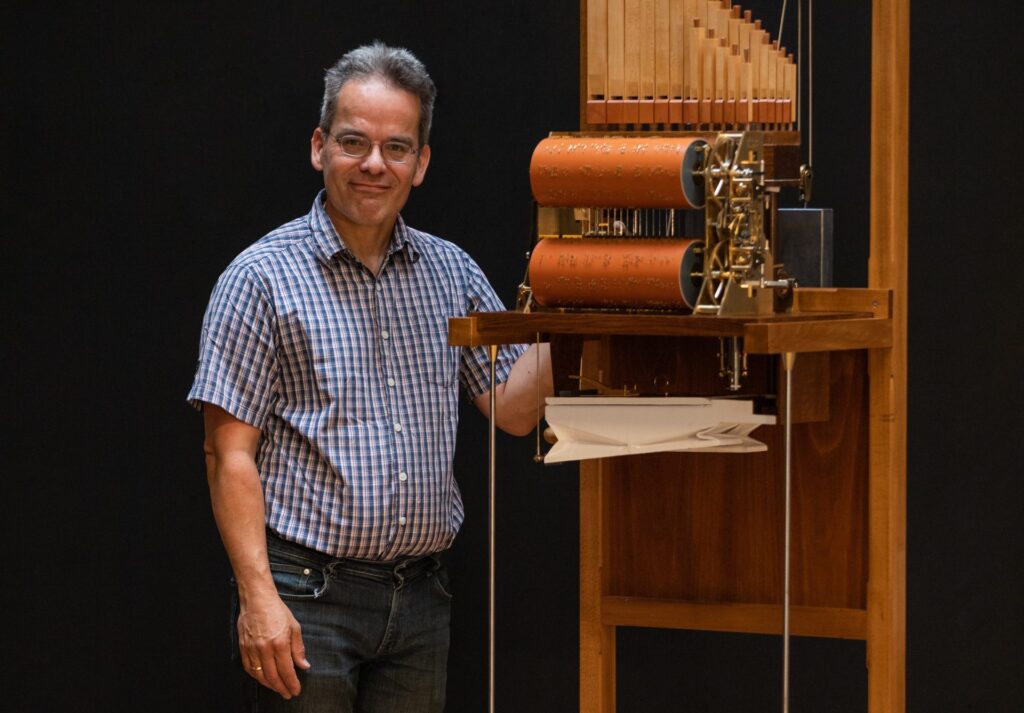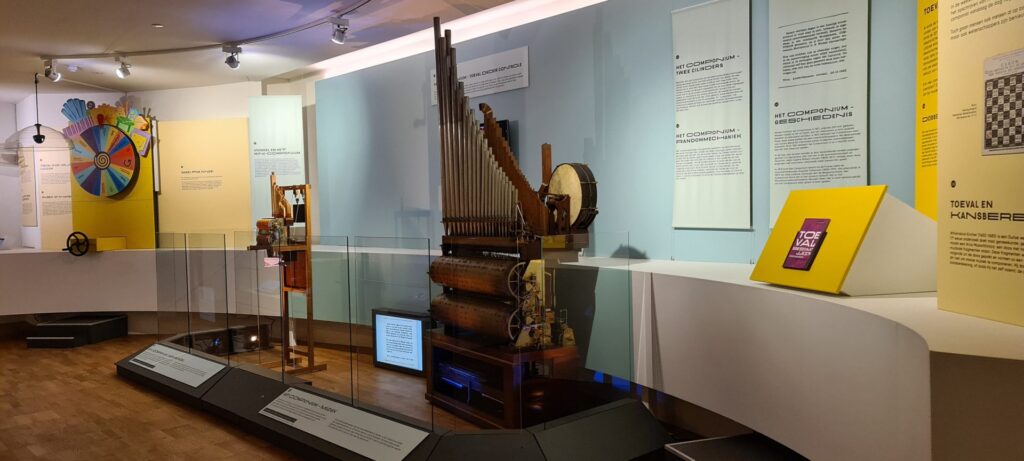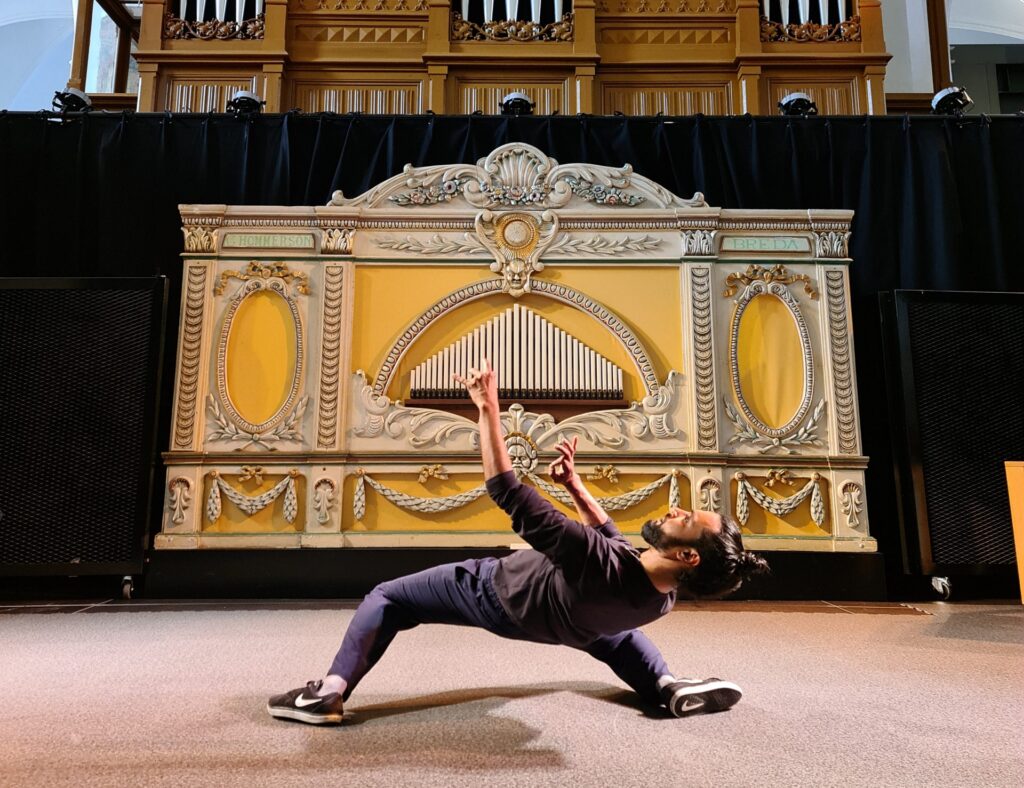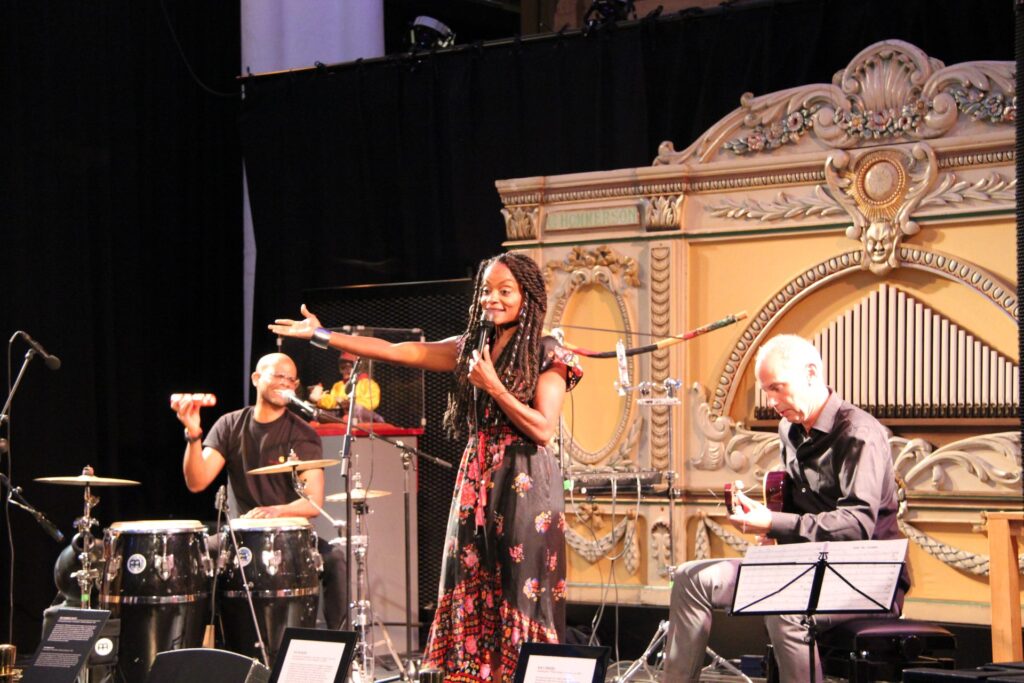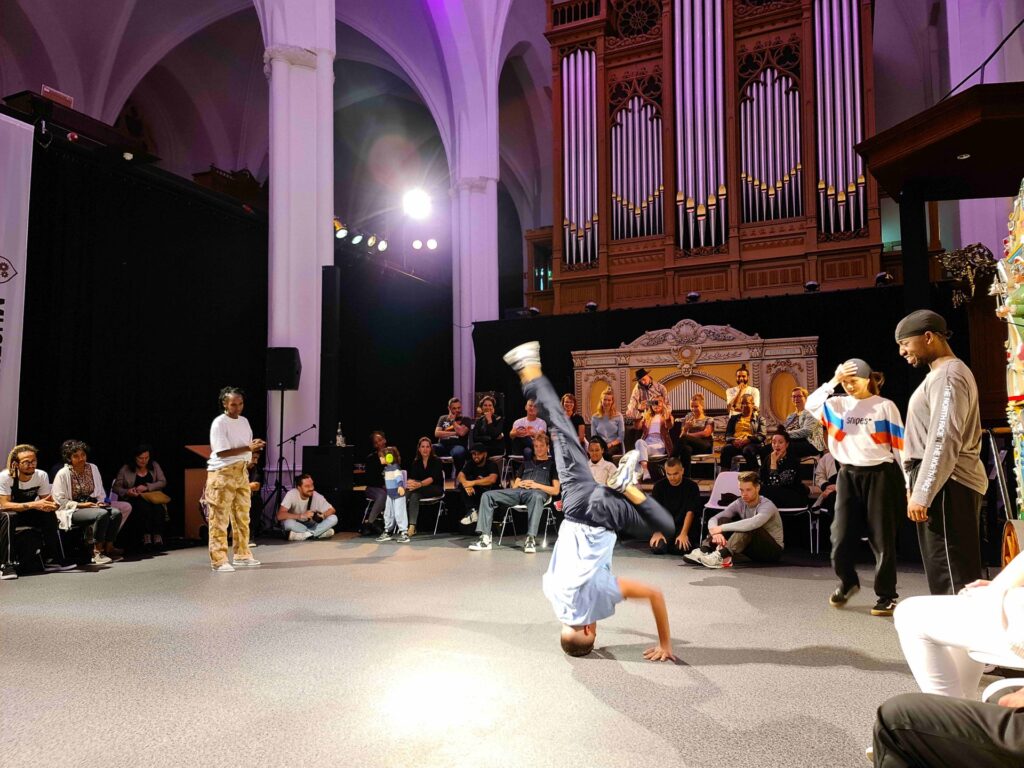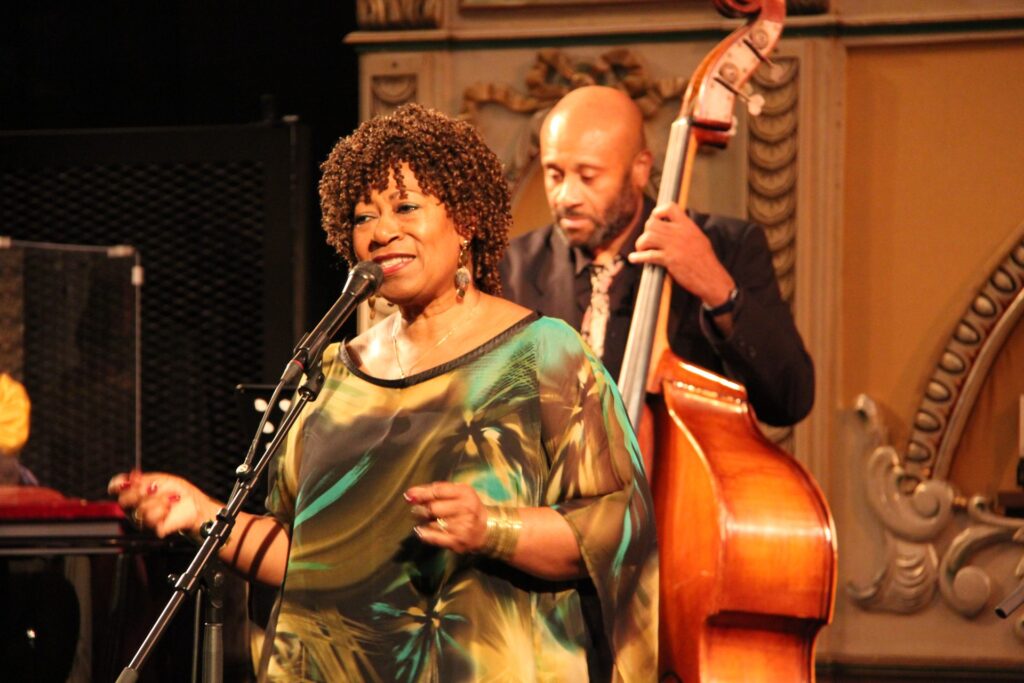Exhibitions 2021
In 2021 we opened the exhibitions 'Choice or Chance?' and 'Speelklok Models'. We also presented the power of black music in Swing!
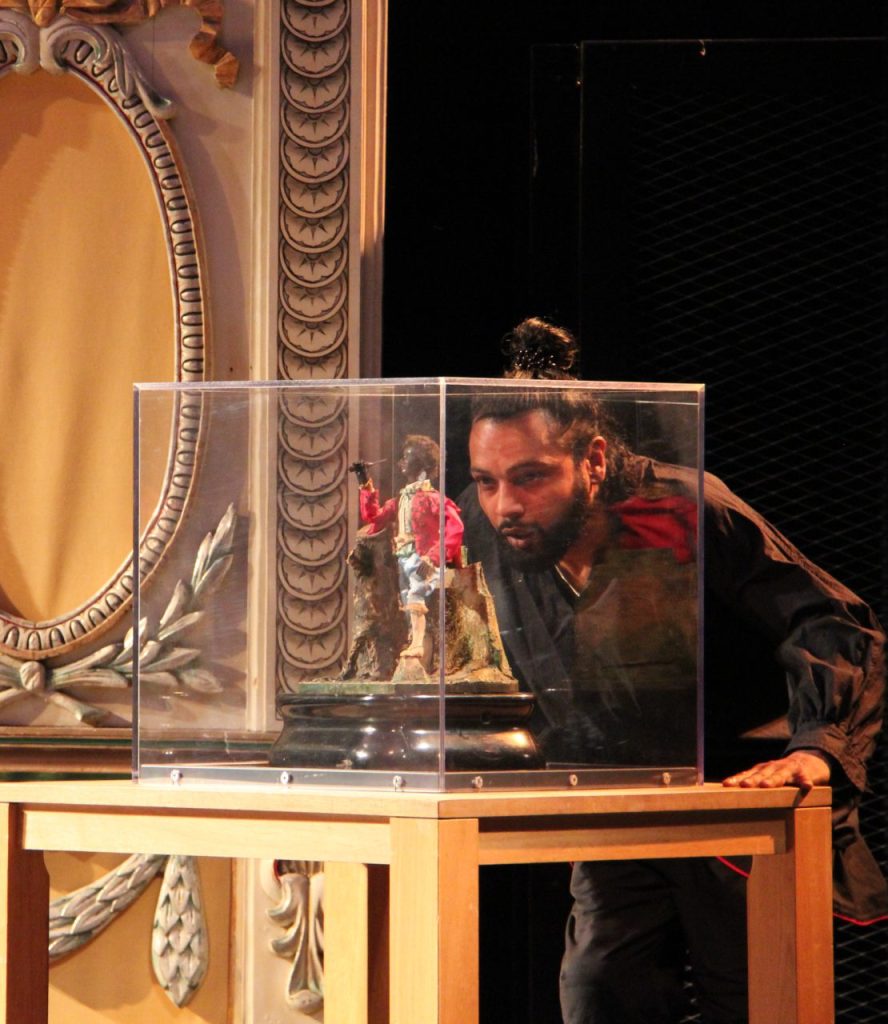
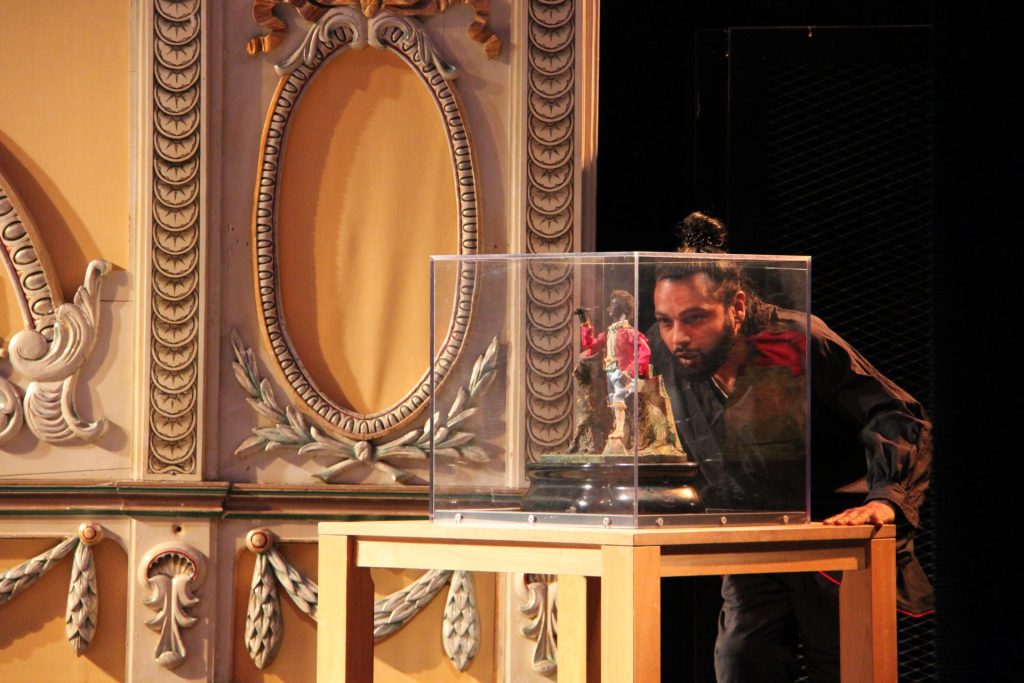
Exhibition Choice or Chance?
You’ve probably said it yourself from time to time: ‘There’s no way that’s a coincidence!’ But have you ever really thought about what this means? Because what does it mean to call something a coincidence, or say it happened at random? Is it like winning the lottery? The combination you get when you roll a pair of dice?
What we do know, however, is what randomness is not: control. When everything is under control, there is no room for the element of chance. Or is there? In te exhibition Choice or Chance?, we went in search of random chance in the context of mechanical music, where control and coincidence seem to be in direct opposition to one another. The central figure is the ingenious instrument builder Diederich Nicolaus Winkel (1777-1826), who successfully tamed the element of chance with his Componium.
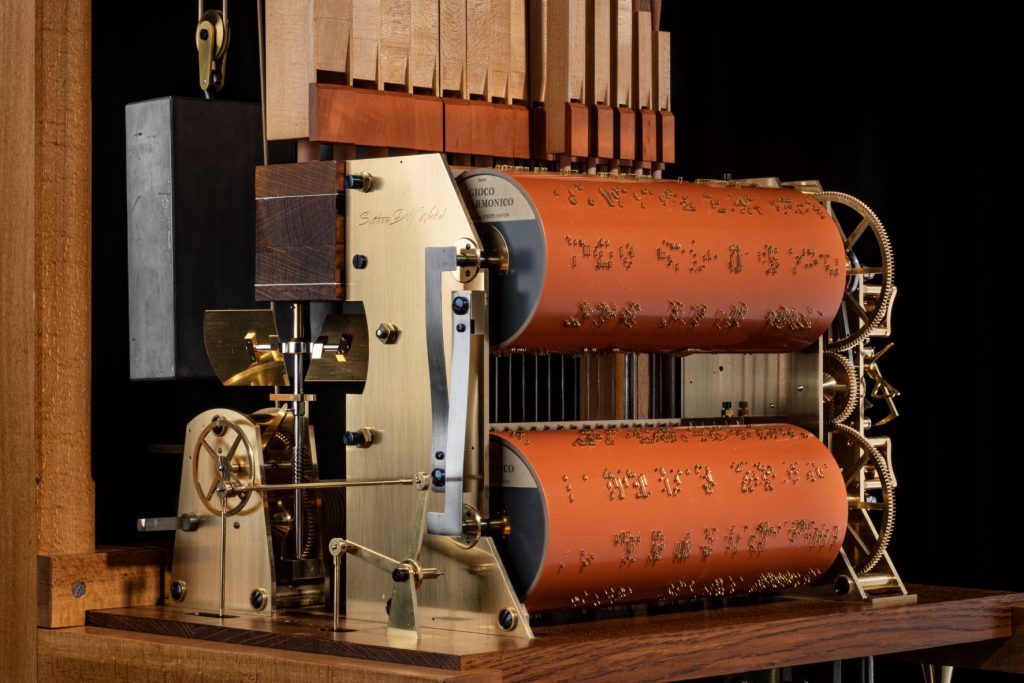
Winkel’s ingenious instruments
Control and coincidence – random chance – would seem to be polar opposites. Where control exists, there is no room for the element of chance. And those who allow themselves to be governed by chance are not in control of anything. But is this actually the case? Winkel’s Componium appears to prove the opposite: in this case, an element of chance is possible precisely because Winkel has carefully considered every detail of his instrument. He has managed to design the Componium in such a way that it seems to compose music.
Winkel’s Componium was on display for the first time in Museum Speelklok during the exhibition. The Componium itself no longer works – and restoration is presumably impossible – but Museum Speelklok’s restorer Martin Paris succeeded in building a working instrument that operates on the same principle: the Mini-Componium. An astounding achievement!
Due to the corona measures in 2021 and early 2022, the museum was closed to the public a number of times. That is why this exhibition, as well as Speelklok Models and Street Scene, were extended until 2022.
Exhibition Speelklok Models
Mechanical musical instruments have been surrounding people with music for centuries in an almost magical way. Nowadays, this is achieved with ease whereas centuries ago – at a time when there were no amplifiers, internet or every possible gadget you can think of – it was a marvel that was almost impossible to explain. Yet even the first music machines were the result of technical developments by daring creators and inventions followed in rapid succession. How was the impossible made possible back then?
The working models of Jan Jaap Haspels and Ian Hammond
Former director of Museum Speelklok Jan Jaap Haspels and clock collector Ian Hammond shared a passionate interest in how mechanical musical instruments work and sound. In the 1980s and 1990s, that passion led to them creating so-called ‘working models’: replicas which they based on historical masterpieces that no longer worked or had been lost. They used the same materials and techniques as had originally been used so that the models would sound the same as they might have in the past. The musical instruments made by Haspels and Hammond were put on display for the first time in a joint exhibition called Speelklok Models so that they could be admired.
In memory of Jan Jaap Haspels who gave so much time and energy to the museum through years of dedication.
The power of black music in Swing!
What traces have colonialism and slavery left in Museum Speelklok’s collection? What stories can be told about musical traditions and black musicians and how does their music connect the different continents? We tried to answer these and other questions through Swing! The power of black music, a series of four evenings where we focused on six objects with a colonial past. Together with guest curator Garjan Sterk, a specialist on gender and diversity, and musician Melanie Tangkau, we showed more interpretations of the collection through music and conversations with the artists.
The evenings were divided into different themes: Antilles, Roots Music, Swing and HipHop, with performances by Izaline Calister, Bluegrass Boogiemen, Denise Jannah and Shailesh Bahoran.
Complex stories from the collection
There is a story behind all the self-playing musical instruments in our collection. With some, that story is a bit more complex than others. Take Double Tino, for instance, an orchestrion from 1935 when jazz was becoming popular in Paris. Two moving human figures represent real musicians: the white singer Tino Rossi and a black percussionist from Martinique whose name is unfortunately unknown. Without further explanation, objects like Double Tino provoke questions. Museum Speelklok wants the project to contribute to a polyphonic perspective on our history by adding other stories to the objects in the coming years.
